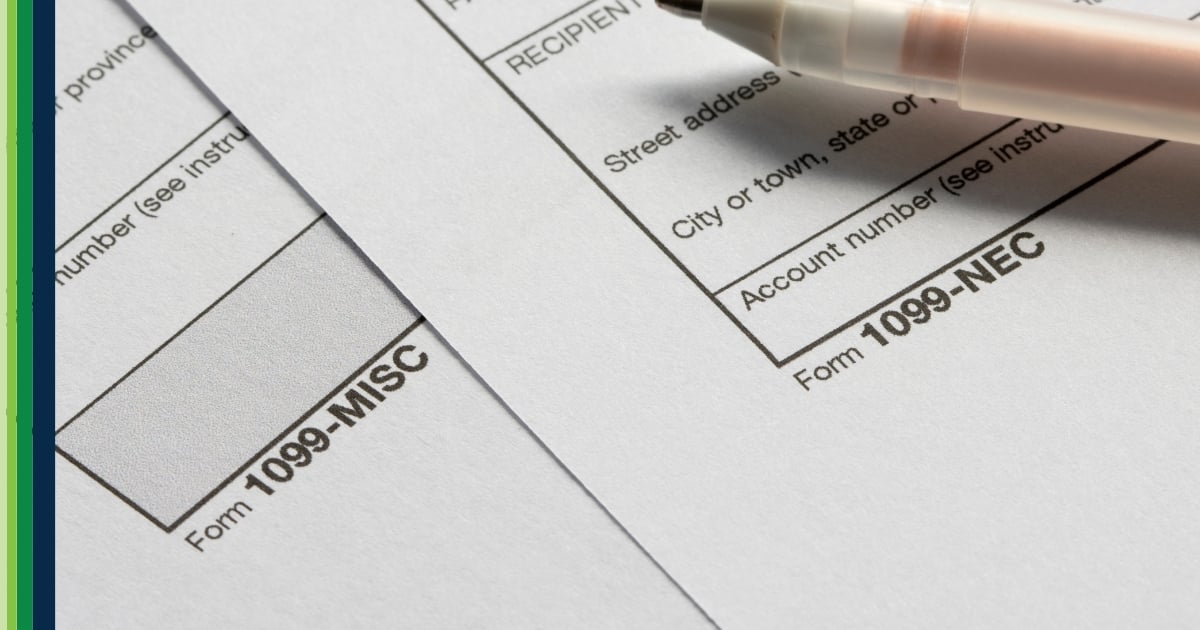What is a deskless worker?
Historically, deskless workers are referred to as individuals who are not tethered to a desk or desktop for their day-to-day tasks. For example, nursing, food service, hospitality, retail, manufacturing, transportation & logistics, etc. During the pandemic, many of these roles took on the title of “essential worker”.
80% of the global workforce falls under the traditional definition of “Deskless Worker”.
What is a remote worker?
“Remote work (also known as WFH (work from home)] or telecommuting) is a type of flexible working arrangement that allows an employee to work from remote location outside of corporate offices. For employees who can complete work offsite, this arrangement can help ensure work-life balance, access to career opportunities or reduced commutation costs.” (Gartner Glossary).
Based on the poll taken during our Deskless Worker webinar, 50% of participants stated that their workforce is now a combination of remote-working and working on-site; this is the reality for a lot of companies today. Depending on your industry and business needs, remote workers and deskless workers are going to become more prominent.
Greenshades, for example, went from a full-time office working environment in Jacksonville, FL, to a remote cross-country workforce. While we still have our office in Jacksonville and have in-office operations – most of our employees have opted to work remotely.
During the pandemic, deskless workers were some of the only workers who were still on-site. By the end of 2020, 71% of Americans who could do their jobs from home, were working remotely. And as COVID concerns begin to diminish and offices reopen, many workers would like to continue to work from home for the foreseeable future.
What’s the difference between the two?
The main difference between deskless workers and remote workers is the location in which they work. Deskless workers often work in locations like restaurants, hospitals, etc., where their basic job functions cannot be performed from anywhere. Remote workers, while some may have location limitations, can often work from anywhere if they have a computer and can access the internet.
What do they have in common?
Like most workers, both groups are redefining what work means to them personally, as well as the role it plays in their everyday lives. Better work/life balance, greater flexibility, and more autonomy are some of the most common changes people are requesting, and these expectations are forcing employers to look at their policies, practices, and technology platforms to ensure they're keeping pace. These are just some of the benefits that have been trending over the last few years but have been brought to the forefront of candidates' and employers' minds stemming from the pandemic. Investing in technology, working with companies who share your values and mission, and taking care of your employees will strengthen your business and open the opportunity for a larger pool of candidates to hire.
Want to learn more about deskless workers and investing in your employees? Check out our webinar recap or read our e-book.
Contact sales for a demo.

























.jpeg)


